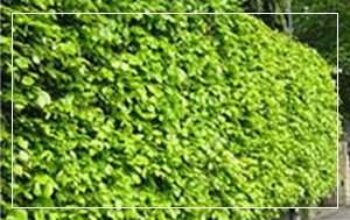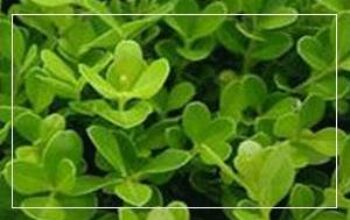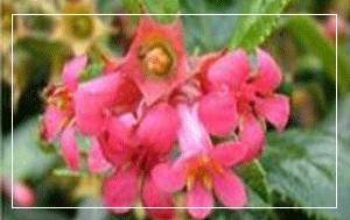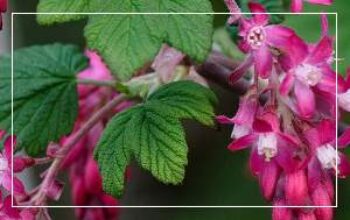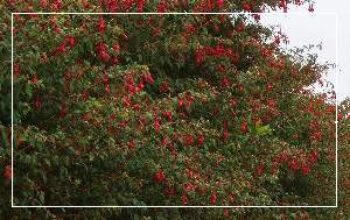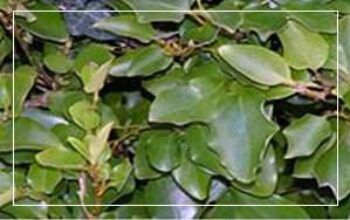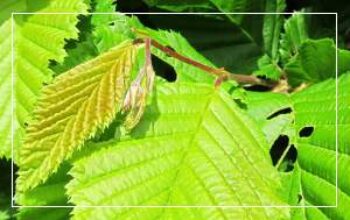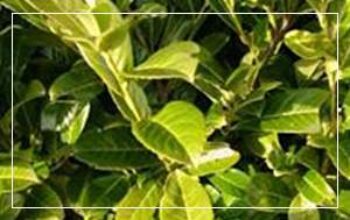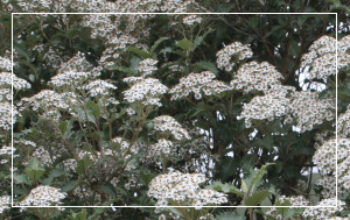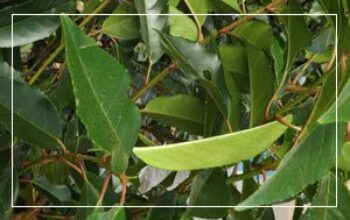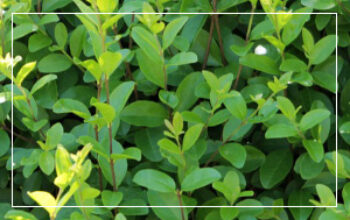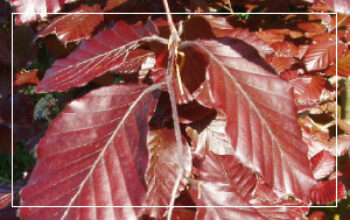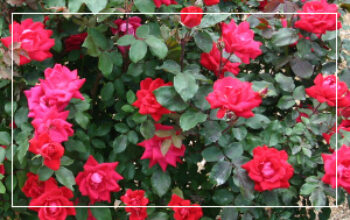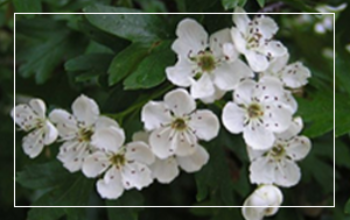
Hedging
Bay Laurel Trees and Shrubs – Laurus nobilis
Laurus nobilis is a dense, evergreen small tree or shrub, with aromatic leaves that are commonly used as food flavouring.
Beech Hedging
Sylvatica – Beech fagus hedging is a widely planted hedge, although not evergreen the old leaves stay on the tree over the Winter months, giving a rustic brown look to the hedge.
Blackthorn Hedging
Blackthorn is a deciduous large shrub or small tree growing to 5 m tall, which can be used as a hedge or part of a mixed hedge, with blackish bark and dense, stiff, spiny branches.
Box Hedging
Semperuirens – Common Box is a vigorous, evergreen, bushy, upright shrub or small tree.
Cherry Laurel Hedging
Prunus laurocerasus (Cherry Laurel) is a fast growing evergreen hedge. Laurel can take regular trimming.
Escallonia Hedging
Escallonia Hedging – Good evergreen hedge, with deep rose pink flowers.
Flowering Currant – Ribes sanguineum
The Flowering Currant Ribes Sanguineum provides a good hedgerow with pink flowers in March or April providing early season colour in the garden.
Fuchsia magellanica
Fuchsia magellanica – When other Fuchsia fail to survive in the Winter, this robust species from South America can be relied upon to retain a framework of branches.
Griselinia Hedging
Griselinia Hedging (Griselinia littoralis) is a dense attractive evergreen hedging plant. originally from New Zealand with glossy, apple green, leathery leaves.
Holly Hedging
Holly hedging – This is a slow growing evergreen, which makes a good thick hedge. It requires little maintenance and acts as a good deterrent because of it’s prickly leaves.
Hornbeam Hedging
Hornbeam hedging (Carpinus) is a similar hedge type to Beech and keeps its (brown) leaves over the winter if grown as a hedge. It thrives in wet sticky soil and the gray fluted bark is an attractive feature.
Laurel Hedging
Laurel Hedging
Cherry Laurel (Prunus laurocerasus) is a fast growing evergreen hedge. Can take regular trimming. Prefers good free draining soil.
Olearia Hedging
Oleria Hedging (traversii) – is a fast growing evergreen hedge which is good in coastal areas where other hedges will not grow.
Photinia Red Robin
Photinia Red Robin, or Christmas berry, is a genus of Asian and North American shrubs, which includes a group of evergreen hybrids grown specifically for their colourful young foliage.
Portuguese Laurel Hedging
Portuguese Laurel hedge- lusitanica is more tolerant to chalk and has a smaller leaf size
Privet Hedging
Privet Hedge: This is a fast growing, semi-evergreen, frost hardy hedge. Privet can reach a height of 5m. They bear white flowers in late spring – early summer; berries succeed the flowers.
Purpurea Purple Beech
Purpurea Purple Beech – This tree, as the name suggests “Purple beech”, has purple leaves from late Spring to early Autumn and as with the common Beech the leaves then turn brown throughout the Winter months.
Rose Hedging
Rose Hedging: Shrub roses can be used as part of a mixed hedge, as they give a mix of colour and interest when other plants have finished flowering, or as a hedge on its own giving colour throughout the Summer.
Viburnum Hedge
Virburnum Hedge (Tinus laurustinus) – This is a Winter flowering evergreen, 6 – 10 ft high. It produces clusters of pink buds and then small white flowers between December and April. Useful for hedges either on its own or in a mixed hedge for additional colour, ground cover, screening, specimen plants and bushes for shrub borders. They are easy to grow and will succeed in chalky soil. No need for pruning and they are very hardy.
Whitethorn Hedging
The Common Hawthorn is a decidious broadly spreading shrub or tree 5–14 m tall, with a dense crown. The bark is dull brown with vertical orange cracks. The younger stems bear sharp thorns. The flowers are white with numerous red stamens, and a single style; they are moderately fragrant. Other names used for whitethorn is sceach or hawthorn.
If you have any questions, please do reach out to us by phone +353 87 277 3492 or email for answers.



